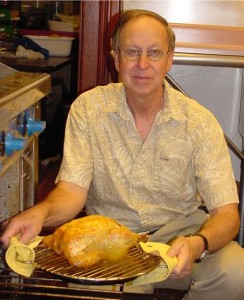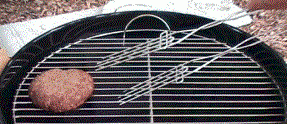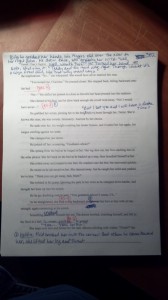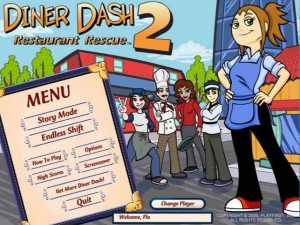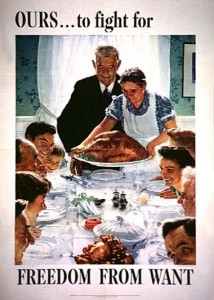
One thing that’s helped me achieve my fitness goals on the intake side is that I stopped going out to lunch. It helped a lot that my coworker who was the main instigator of lunch out, also wanted to lose a few pounds and stopped, well, instigating.
Also, I can leave early = more writing time. I don’t usually eat at my desk, as part of the purpose of having a lunch break is for workers to get away from the work for a short time, and hopefully come back a little energized. But instead of going out, I usually go to the kitchenette area and eat with coworkers. Side benefit? I eat with some really cool people, and two of them are now my readers!
Granted, this is not a very useful tip for those who work at home (including stay-home parents) but for us paycheck peeps, it’s a great way to save a half hour or more. And every half hour counts, right?
- Finish read-aloud of Time’s Fugitive (about 10 hours)
- Read one Golden Heart entry
- Three interval workouts plus two short workouts
- Write and post review on Amazon & B&N of a friend’s book I just finished re-reading
- Bonus: type-in changes from read-aloud and send Time’s Fugitive to beta readers
- Bonus: dog walk or other activity in addition to #3
I did not get to either of the bonus items, but didn’t really expect to; hence why they’re bonuses.
I got in all three interval workouts, but missed one of the short ones due to the fact that I was gone all day one day, and wasn’t feeling well a couple of other days. But the writing got done!
This week, I’m going to spend getting caught up on related stuff. Here’s what’s on tap:
- Type in changes resulting from read-aloud of Time’s Fugitive and send to beta readers (finally!)
- Read one Golden Heart entry (#3 out of 5)
- Three interval workouts plus two short workouts
- Write and post review on Amazon & B&N of book I offered to blurb
- Finish web design side job I took on to pay off my publishing company start up costs
- Guest blog post I offered to do for my friend Michele Stegman (in addition to my own blogs)
- Go over two chapters for critique partner
- Cover design tweak promised to friend
- Tweak & validate epub file of Time’s Enemy and upload it to Lightning Source for distribution
- Go over stuff I learned with the release of Time’s Enemy plus stuff I’ve gathered from email lists, blogs, etc. and put together a launch plan for Time’s Fugitive
- Bonus: do anything that’s on the launch plan list
- Bonus: dog walk or other activity in addition to #3
It looks like a lot, but it’s mostly little stuff. How about you? Got any time saving tips for lunch, whether you’re a paycheck peep or a stay-homer?
Out to Lunch sign via Microsoft Office Images




 I first read Northcoast Shakedown by my friend
I first read Northcoast Shakedown by my friend 
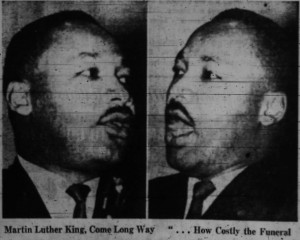
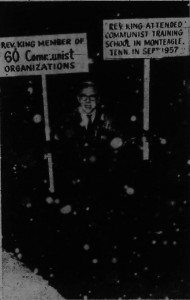
 Last week’s
Last week’s 

